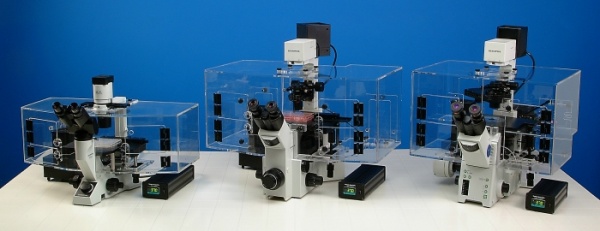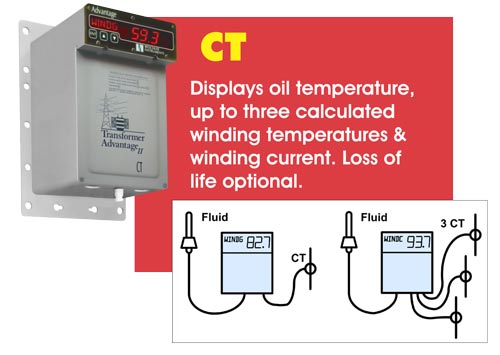CAL Temperature Controllers Enhance Quality of Medical Research
CAL temperature controllers from West Control Solutions are helping laboratory OEMs to provide the best possible conditions for research into the treatment of diseases such as cancer.
In particular, the CAL 3300 temperature controller is providing outstanding service in controlling the performance of an incubation chamber for laboratory equipment manufacturer, Solent Scientific.
Solent Scientific and the Application
The 37 Climate Chamber from Solent Scientific is an acrylic enclosure integrated with a powerful microscope, which is used to conduct prolonged studies of living cells, usually involving time lapse image capture. These enclosures can also exclude light when working with low level light microscopy. Warm, filtered air circulates within the enclosure from a heater unit and the precise temperature within the chamber is controlled by a CAL 3300 unit.
With temperature control a critical feature of the incubation chamber, Solent Scientific turned to West Control Solutions, which has established a strong reputation across industry for providing exceptionally reliable temperature controllers that perform over long periods within extremely tight tolerances.
Temperature Control Requirements

“When we built the incubator, we were trying to create a cell culturing system that accurately replicates conditions within the human body, and that means maintaining a constant temperature. The temperature requirement for the chamber is 37° degrees, + 0.1°C. The temperature must be accurate and within that tight tolerance. The CAL 3300 is proven to be capable of delivering that, day after day, year after year.”
Selecting the Right Temperature Controller
The CAL 3300 is easy to operate, with a large 4-digit green LED display clearly showing the-current temperature, and a parameter security-locking feature that prevents the operator from inadvertently changing the settings.
The CAL 3300 brings ease-of-use to the customers of OEMs such as Solent Scientific by offering integrated auto-tune PID control (Proportional Integral Derivative). This means that users do not have to programme parameters manually, a task that requires a certain amount of technical knowledge, and reduces set up time to a few minutes.
Using PID Control
The PID facility is further enhanced by a unique dAC (Derivative Approach Control) function, which prevents control temperature overshoot during warm up. CAL has developed dAC functions outside of the proportional band during warm up by widening the proportional band. The temperature rise is slowed during this period and when the temperature falls within the original proportional band, the controller reverts back to normal operation. The result is a steady temperature rise with minimal overshoot, which can be critical when maximum temperatures must not be exceeded.
West Control Solutions has also provided Solent Scientific with a cost-efficient method of logging temperature over a period of time, a facility that was required in order to test the operation of each incubator. By using the communication software for real-time logging of CAL controllers, Solent Scientific could prove that the temperature within the incubator was kept to + or – 0.1°C over long periods of time, which is well within the tolerances required for the application. This solution avoided the considerable cost and development involved in employing SCADA (Supervisory Control And Data Acquisition) packages.
The 37° Incubation Chambers are making a major contribution to the life sciences, with sales to universities and research institutes across the globe. “Imperial College in London was our first customer in 1997,” Orry Dugdale explained. “When I visited London in 2012, the chamber was still working and I can think of no better recommendation for CAL controllers.”



 OxyFire Sensors: Typically used in a coal-fired power boiler, the high temperature, in-situ oxygen sensor is generally installed in the boiler water-wall, above the nose arch and above each of the burner banks. This configuration allows the boiler operators to center the fireball in the radiant zone and “balance” the boiler.
OxyFire Sensors: Typically used in a coal-fired power boiler, the high temperature, in-situ oxygen sensor is generally installed in the boiler water-wall, above the nose arch and above each of the burner banks. This configuration allows the boiler operators to center the fireball in the radiant zone and “balance” the boiler.












